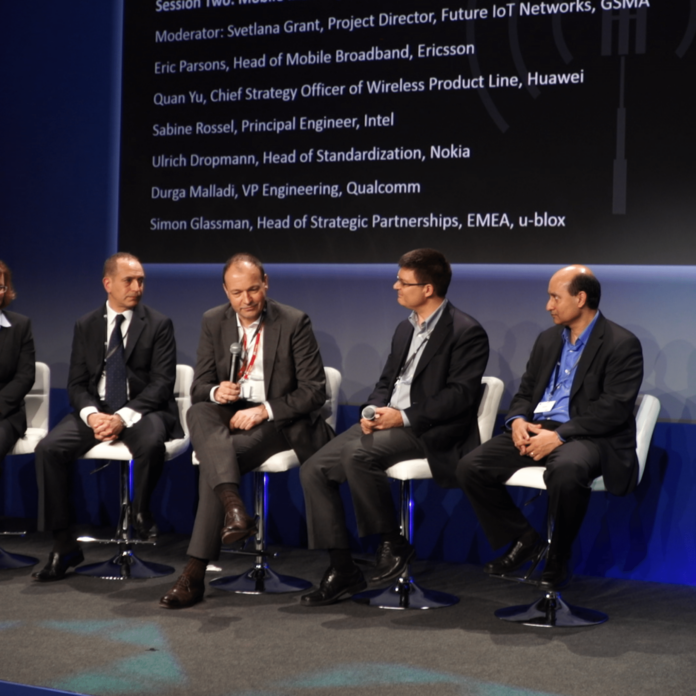After some missteps, NB-IoT is poised to revolutionize low-power, wide-area networks
BARCELONA, Spain – Narrow-band “Internet of Things” networks, which are slated for standardization by 3GPP this year, could be commercially deployed in support of machine communications as early as 2017.
That was the message communicated by high-level panelists during the NB-IoT Summit, held Feb. 21 in Barcelona, Spain.
NB-IoT is optimized for indoor coverage to support massive numbers of low throughput devices like water or light meters. The idea is to create low-cost devices with minimal power needs that can be deployed inband or within a guard band by LTE carriers.
Yu Quan, chief strategy officer for Huawei’s wireless network product line, explained that total cost of ownership is a key when considering NB-IoT deployments.
“This market,” he said, “will be tens of billions of opportunity costs. NB-IoT is dedicated, especially for low-power, wide-area. Why do we need such dedicated technology? The TCO of per connection is very important. With NB-IoT … one connection for low-power, wide-area, end-to-end the TCO could be 10% perhaps. That will explode [the] LPWA market. … Power consumption is also very important. The result is that a device with NB-IoT could work three to 20 years with battery. It’s very amazing and it’s very important for the low-power, wide-area market.”
The focus on cost was echoed by Durga Malladi, VP of engineering for Qualcomm.
“The single most important thing is cost and lower complexity,” Malladi said. “They all kind of bundle up in the cost perspective. It starts with making sure that the kind of decoding we have in the devices is very low complexity.”
Malladi noted the small amounts of data associated with NB-IoT devices – perhaps a utility monitor that only powers up once an hour to transmit a few kilobytes of data – is “quite a throwback.”
Asked why operators continue to invest in non-cellular low-power, wide-area network solutions by the audience, Eric Parsons, head of mobile broadband for Ericsson, said the technology, up until now, was not mature enough.
“The technology just wasn’t there,” Parsons said. “We had solutions in the market, ready to go, limitations and all. Business cases emerged that made it a positive business case, so those were pursued. To some extent that is why the community, the 3GPP community, has come together … to come and deliver a solution that’s here for the long term.”
Yu listed numerous advantages associated with using cellular network to power IoT deployments, chief among those factors is the extensive existing coverage.
“If we can find a cost-effective solution based on the cellular network, I believe it will be very, very successful,” Yu said.
Svetlana Grant, project director for future IoT networks for the GSMA, moderated the panel. Other panelists include Sabine Rossel, principal engineer for Intel; Ulrich Dropmann, head of standardization at Nokia; and Simon Glassman, head of strategic partnerships in EMEA for U-blox.

